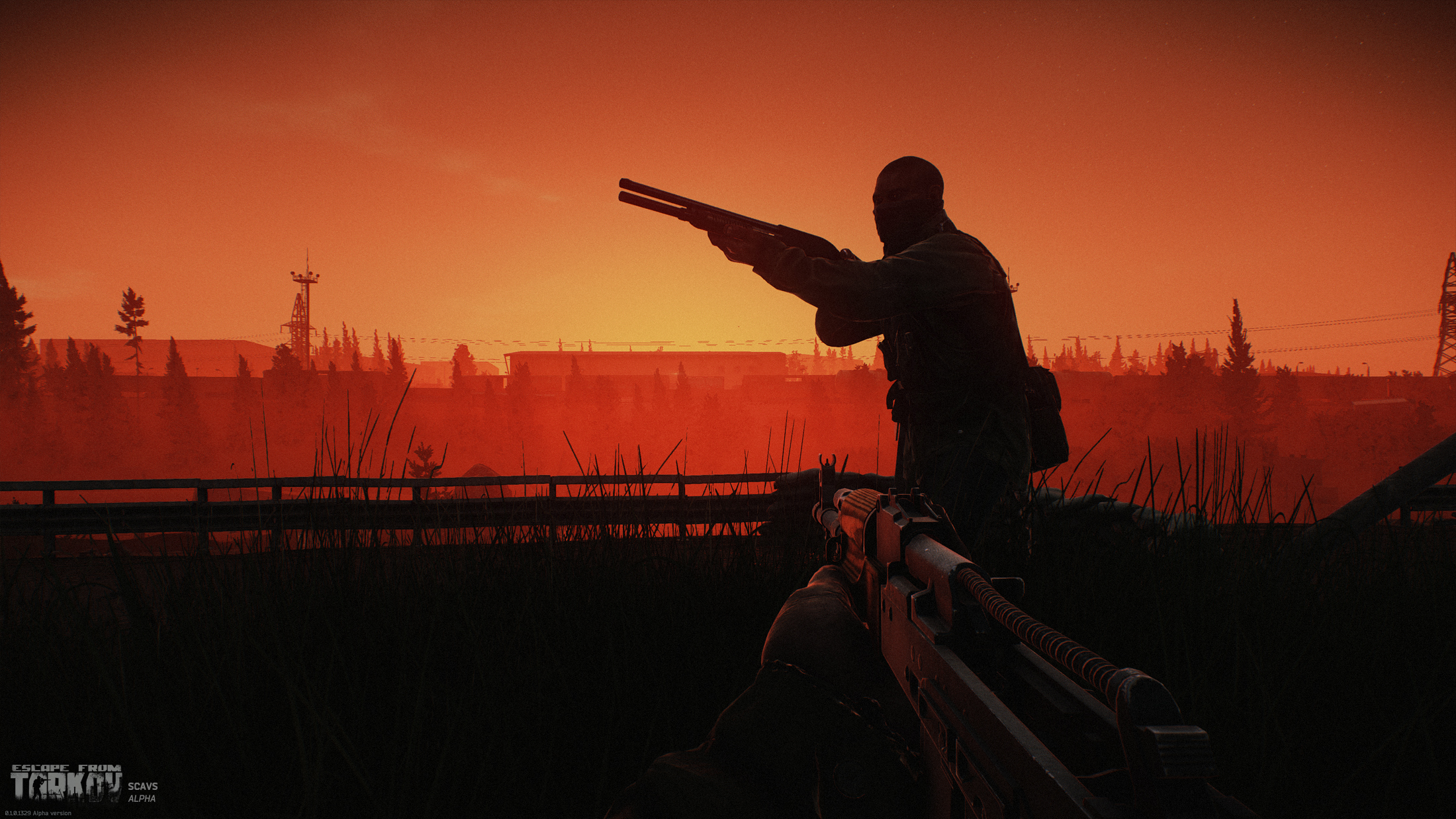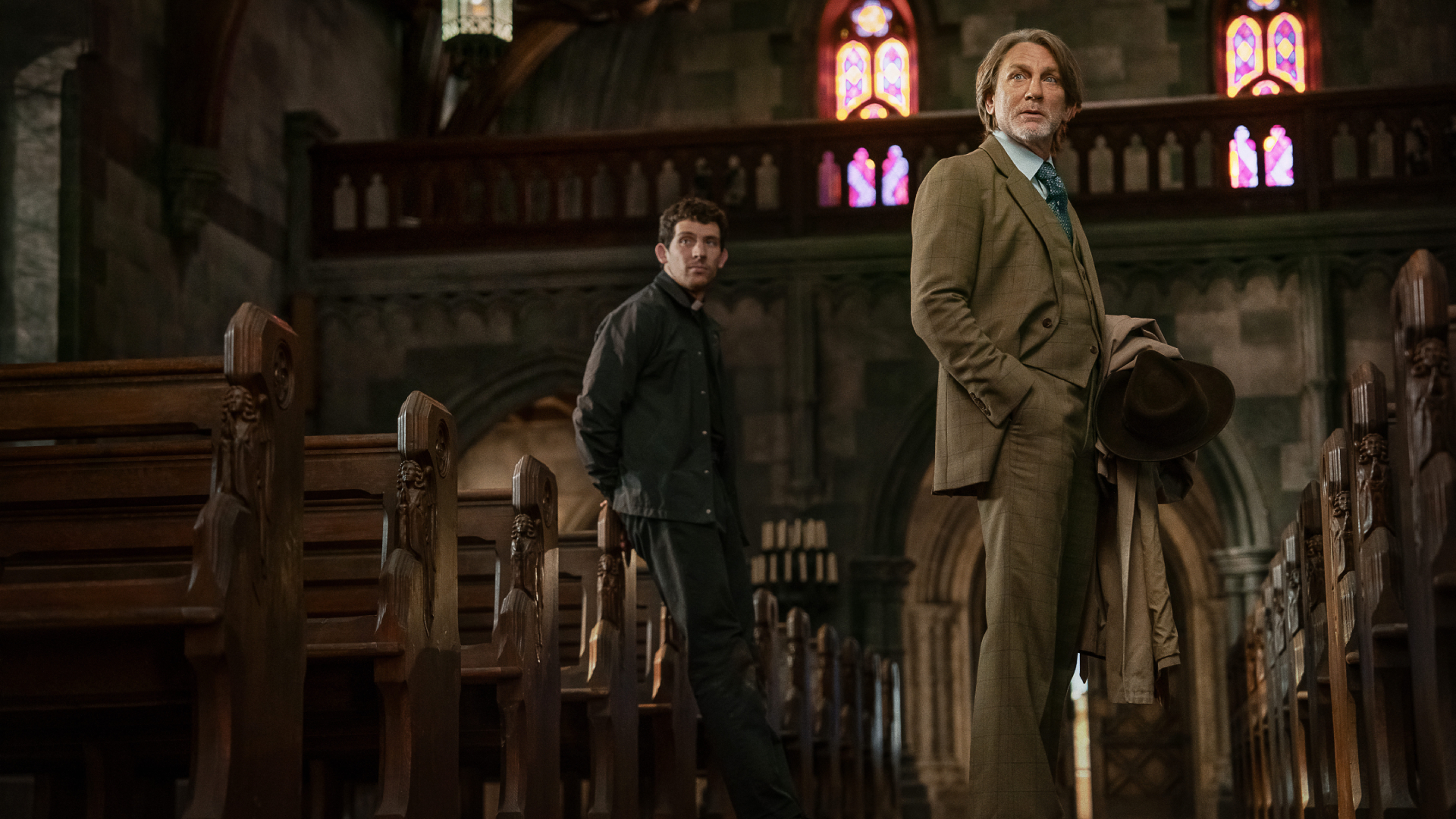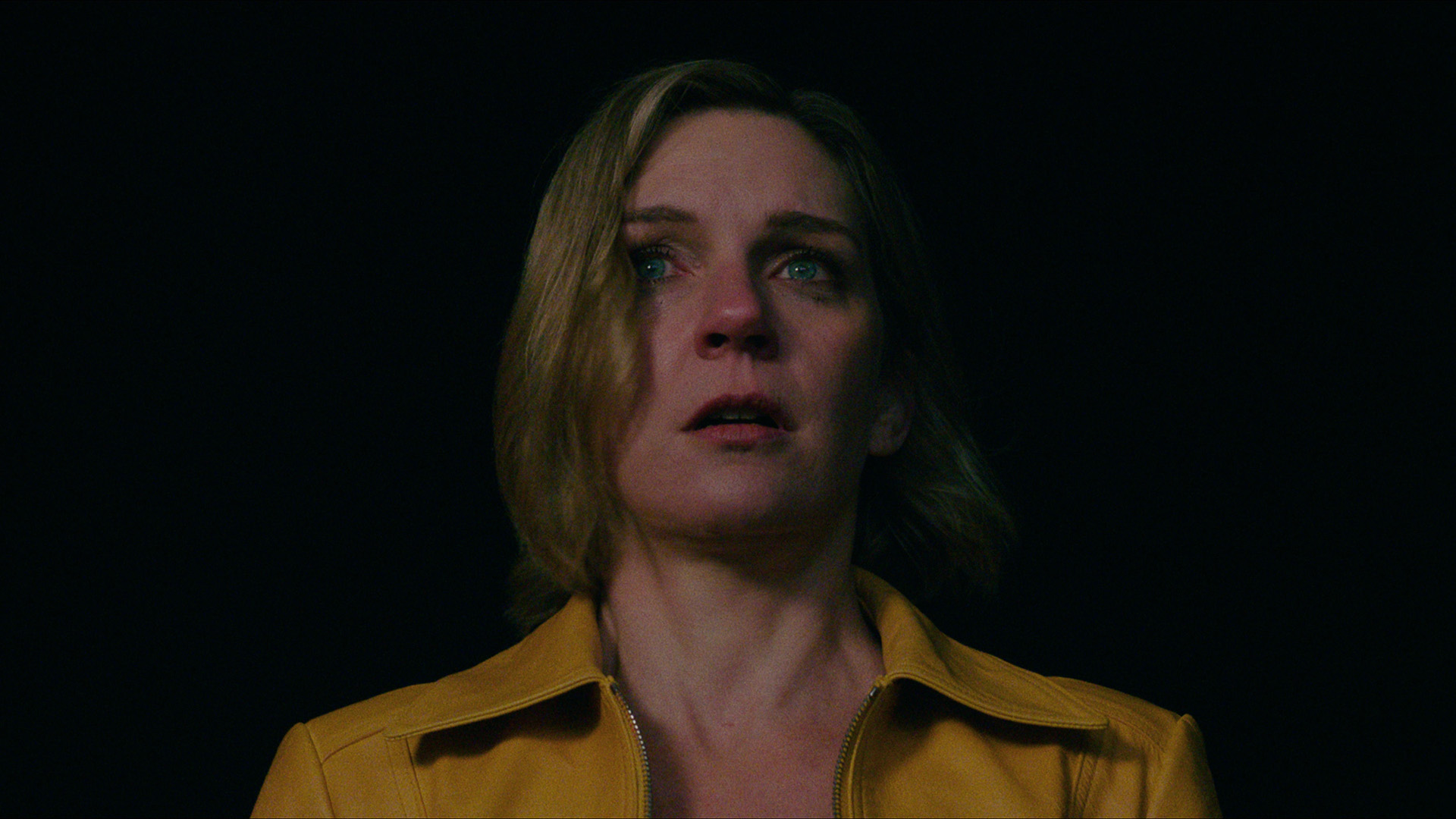Ghost of Yotei's art director wanted the RPG to look like a "living painting," but the detail required stresses even me out: "When the wind blows, the trees know how strong the wind is"
Interview | Art director Joanna Wang takes us through designing one of the prettiest games ever made
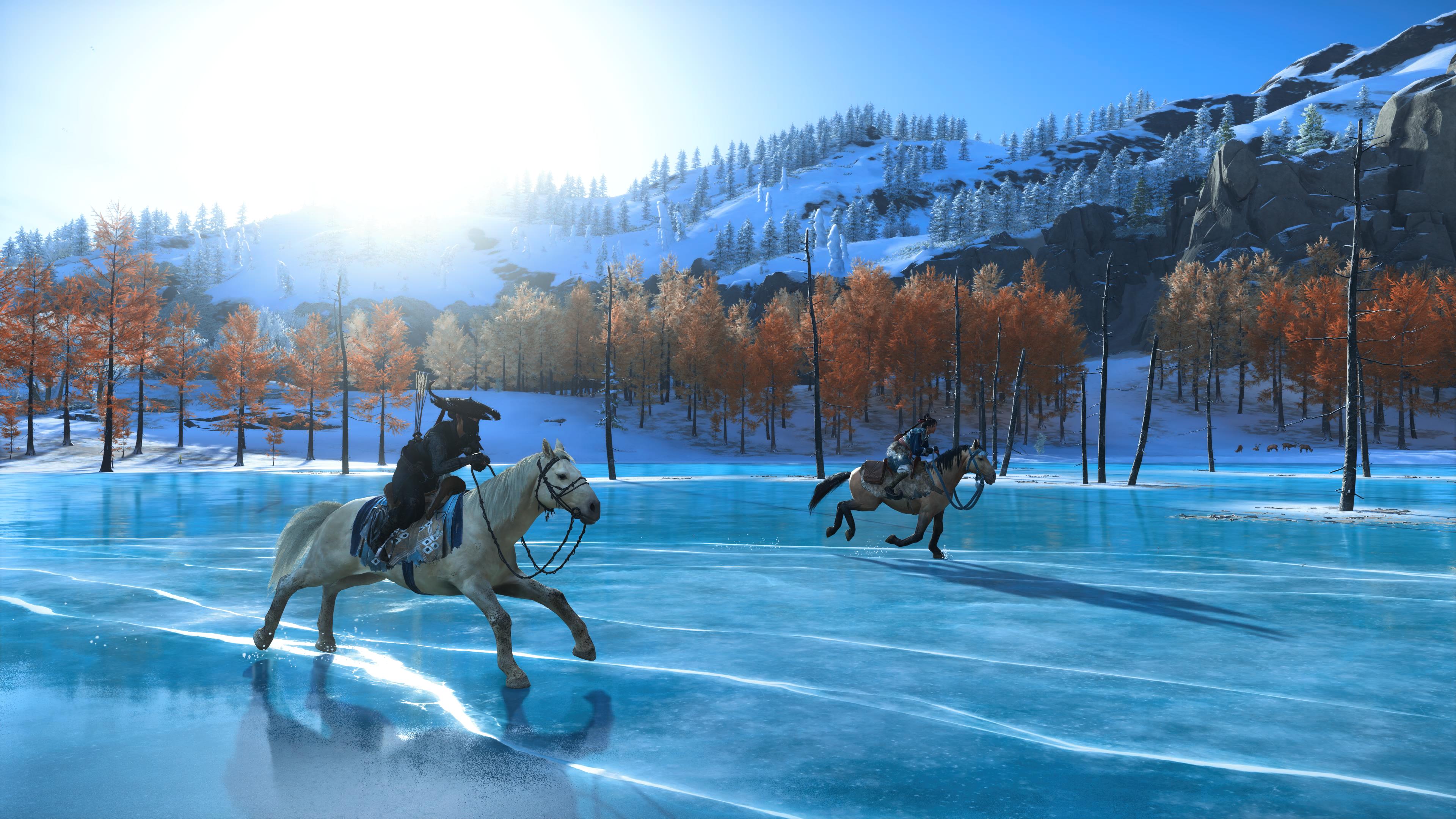
In Ghost of Yotei, you're never more than five seconds away from booting up photo mode. It's a constant companion, there to capture every fleeting moment of beauty and prove it existed. Whether you're admiring Mount Yotei or startling blood on pure white snow, there are few open world RPGs as enthralling to look at. It all begs the question: how are visuals like this possible?
Art director Joanna Wang is one of the magicians responsible for bringing Ghost of Yotei's world to life. That's surprisingly literal – speaking to GamesRadar+, Wang often uses the term "living" to describe how Sucker Punch Production wanted Ezo to feel. "We want to create that living painting," she explains. "It's the bold color, the dramatic lighting, the nature. It's less about the realism, and more about the captured emotion and the beauty in the scene."
Picture perfect
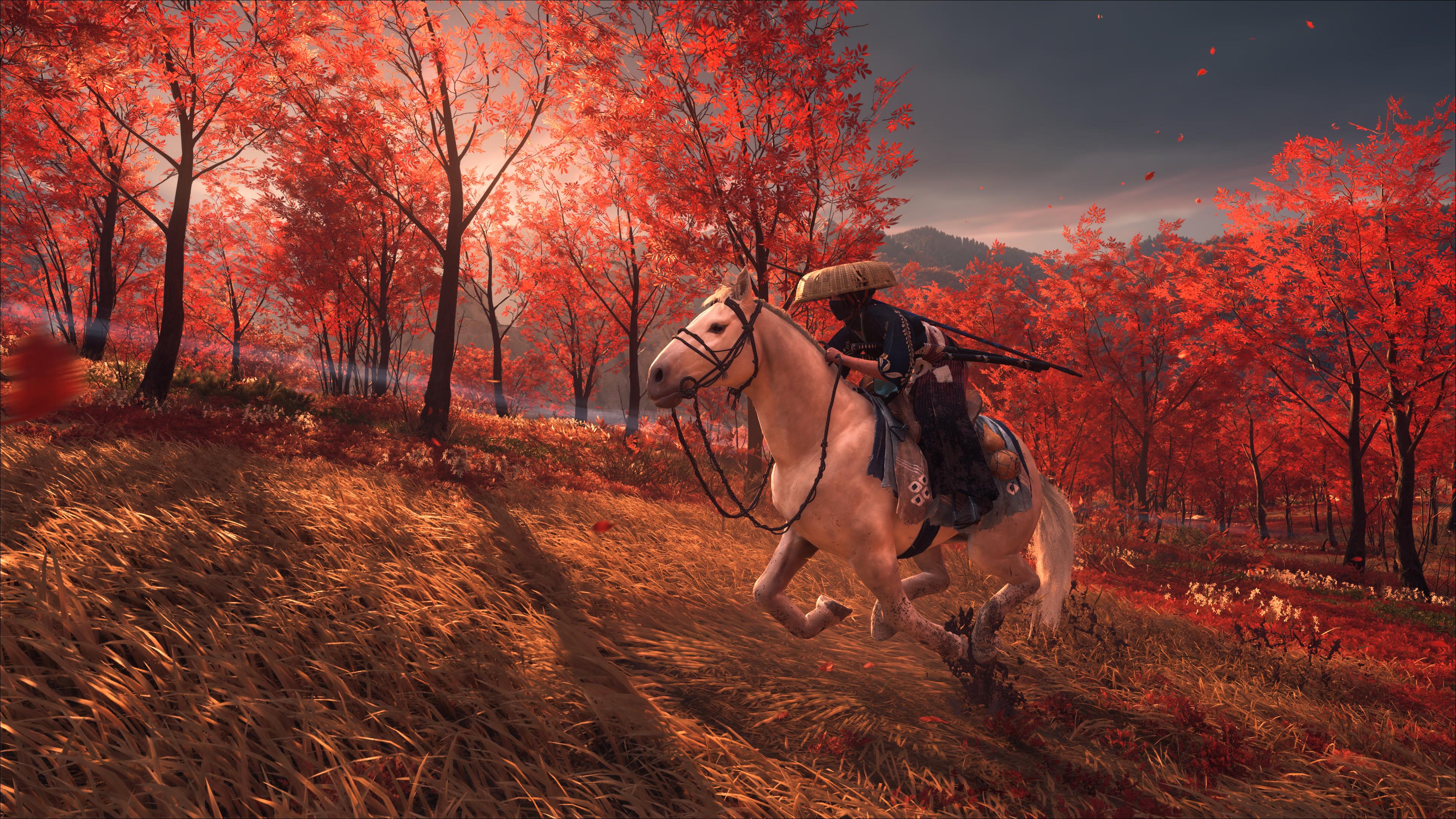
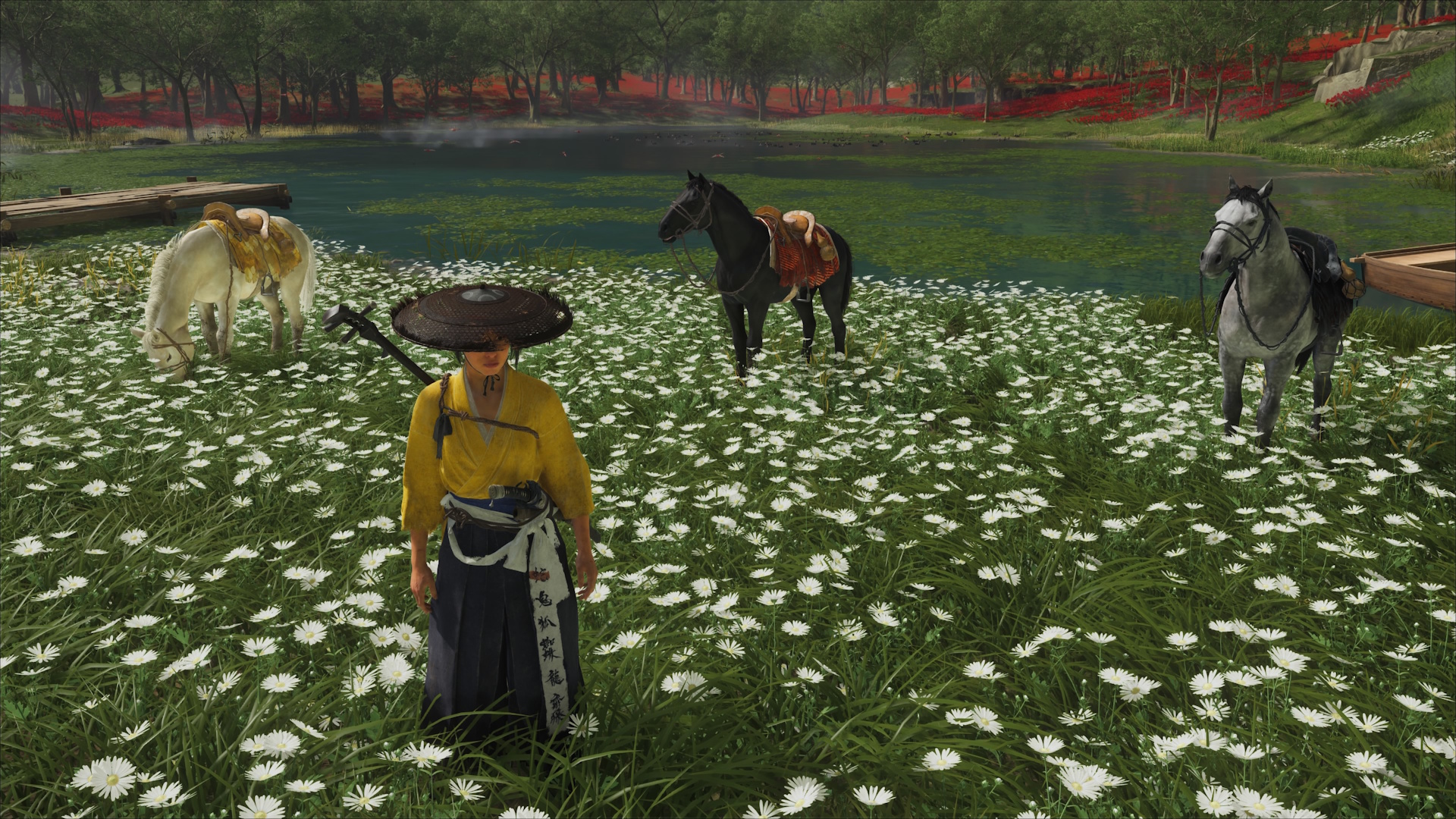
Ghost of Yotei review: "One of the first PS5 games to feel truly boundary-pushing, this hyper violent samurai revenge quest truly hooked me"
An element of that comes from Ghost of Yotei's minimalistic approach to UI. While riding on horseback, you'll notice that all on-screen information – already minimal to begin with – disappears. For Sucker Punch, whose developers often worked on Ghost of Yotei without the UI anyway, it's a way of bringing players further into Ezo's world "without so many distractions".
That minimalism extends to the game's broader visuals. "It's interesting – in my earlier career, I always felt like I needed to get more stuff, and everything needed to be crammed in. Adding more doesn't always give you that big impression of what you tried to present," explains Wang. Instead, "subtle and fine details" – think wandering herds of wild horses, falling petals, the wind in the grass – amplify the liveliness of each scene, complementing instead of cluttering.
"We always want to make a world that feels alive," says Wang. "We tried to build a digital world with that ecosystem in mind. We have pretty powerful tools, and are able to have the land, the foliage, the animals, the weather, the audio, all tie into this system [...] So when the wind blows, the trees know how strong the wind is, [determining] how many leaves start falling. And then a bird will spawn on the edge of a forest, and then when you run by, the bird will fly off. So all of those living worlds we were able to create."
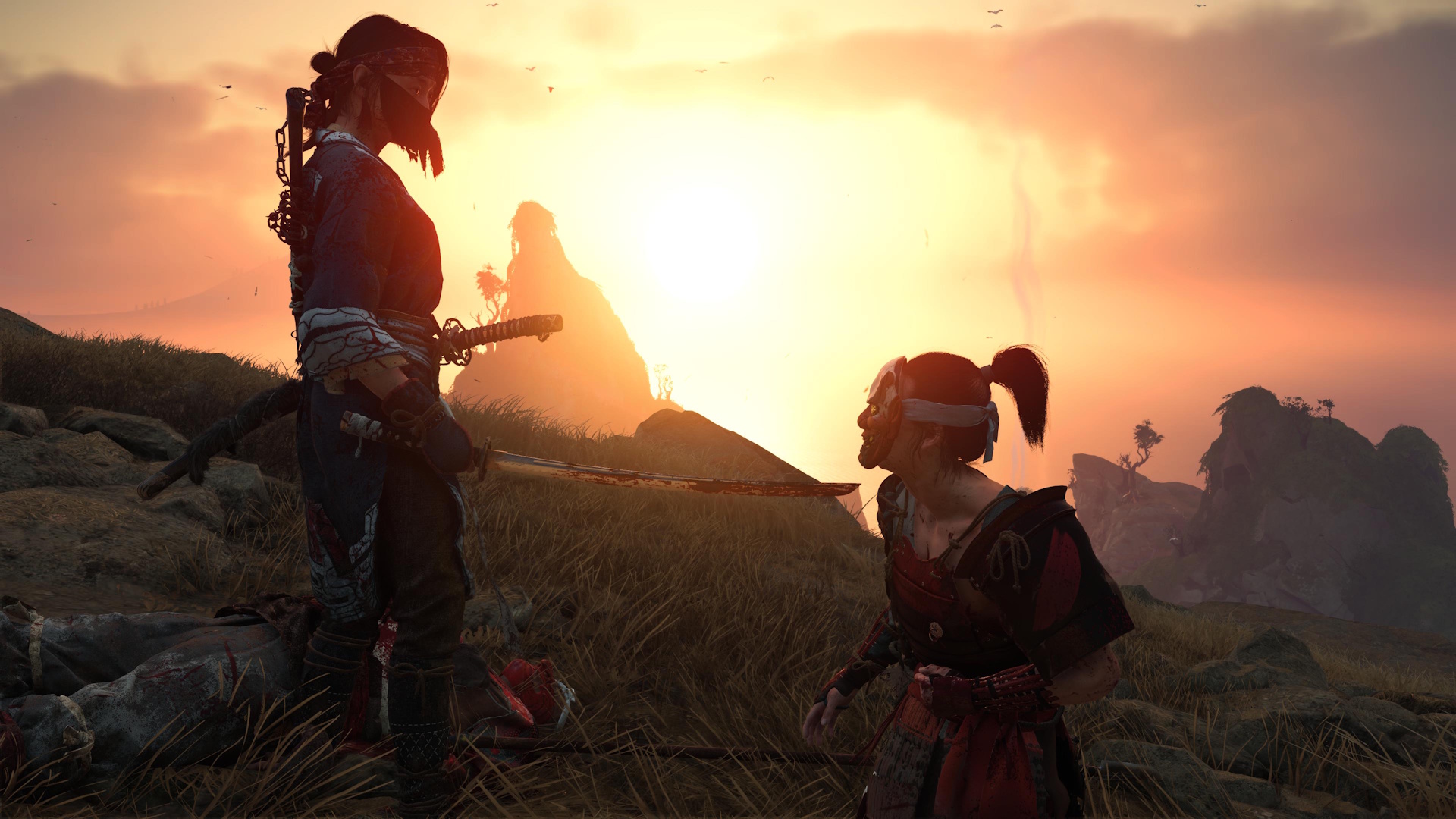
It's kind of like the world is a living character, whispering in your ear"
Joanna Wang, art director at Sucker Punch Productions
As you would suspect, it's a technical feat. Ghost of Yotei can load a "quarter million" particles at the same time, which allows the art team to achieve a sense of constant motion. Besides looking gorgeous, that movement can be used to gently lead players toward points of interest – an extension of Ghost of Tsushima's guiding wind mechanic, which also points to objectives in Yotei. "It's kind of like the world is a living character, whispering in your ear, trying to tell you where to go," says Wang, laughing. "This is always our goal!"
In other areas, Wang needed to work harder to keep up with technical advances. Take the fact that there are no loading screens: the lack of natural cutaway means that if the art team wanted it to rain during a cinematic duel, they would have to first move the clouds into place overhead. That in turn could make the wind blow harder, not to mention the darkening of clouds – all before the first drops of water have fallen. "It's all telling a story together," says Wang. "We're using that dynamic world to give us a little pass to the next moment."
Weekly digests, tales from the communities you love, and more
Speaking with Wang, you can appreciate how Ghost of Yotei's beauty comes from focused creative intent as much as hardware wizardry. The art director was influenced largely by cinema – she credits Lady Snowblood, 13 Assassins, Unforgiven, and Yojimbo – and much of that shines, especially in the sweeping landscapes at the base of Mount Yotei. But mix in the constant motion and the way seasons seem to change between regions, and the result is uniquely dreamy – an extension of the game's broader blending of truth and myth. If drowning my PS5's storage in screenshots is the price to pay for that, so be it.
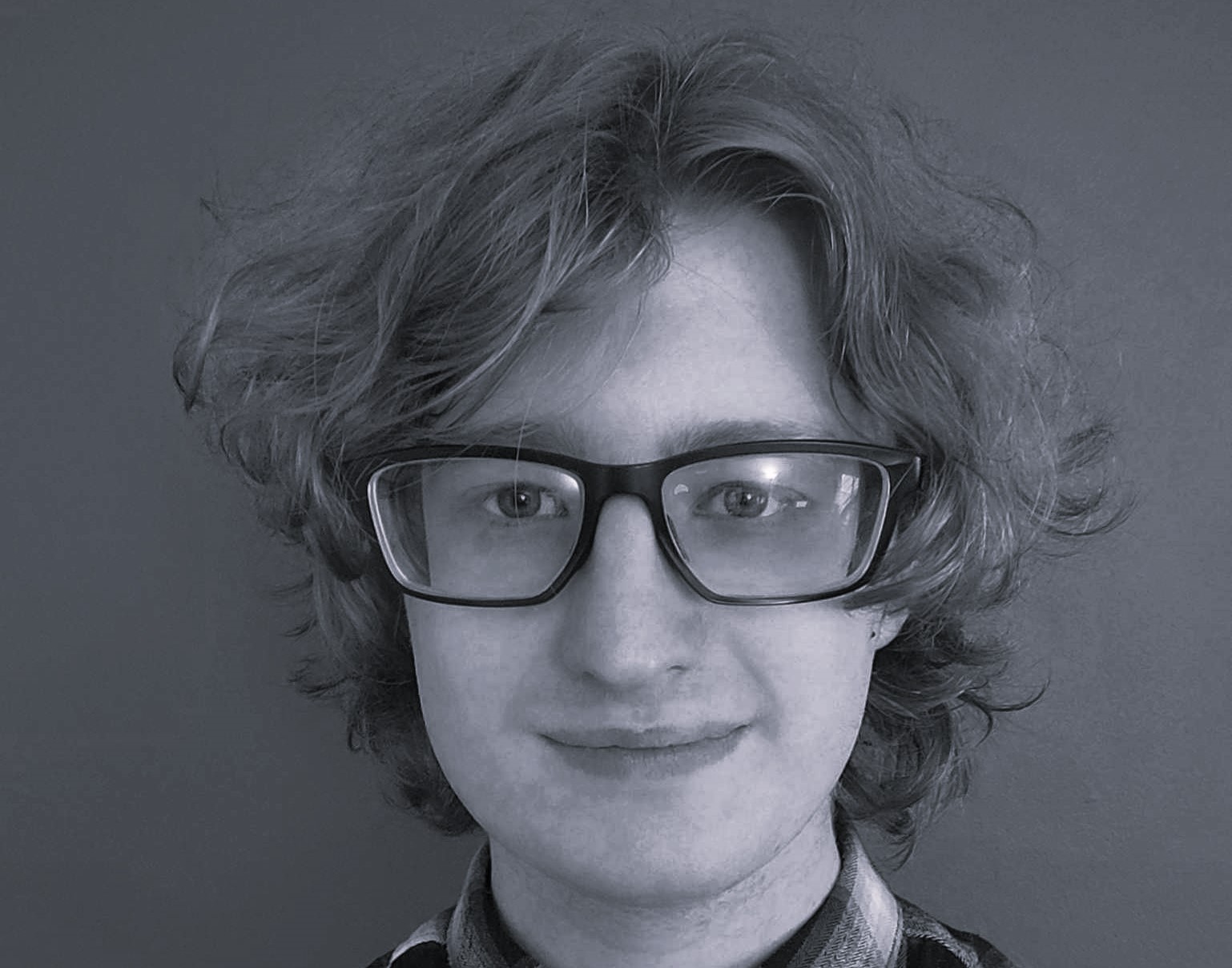
Andy Brown is the Features Editor of Gamesradar+, and joined the site in June 2024. Before arriving here, Andy earned a degree in Journalism and wrote about games and music at NME, all while trying (and failing) to hide a crippling obsession with strategy games. When he’s not bossing soldiers around in Total War, Andy can usually be found cleaning up after his chaotic husky Teemo, lost in a massive RPG, or diving into the latest soulslike – and writing about it for your amusement.
- Rollin BishopUS Managing Editor
You must confirm your public display name before commenting
Please logout and then login again, you will then be prompted to enter your display name.
